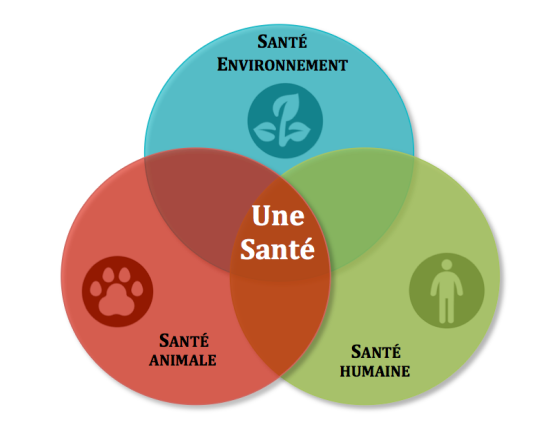Areas of Major Interest (MID). Flagship measures of the regional research policy set up by the Île-de-France Region, the areas of major interest (DIM) aim to federate networks of laboratories located in the Île-de-France region, acting in targeted labelled fields. The "Support for Areas of Major Interest" scheme aims to:
- Encourage the structuring of research teams and networks in the Ile-de-France region around research themes of major interest to the Île-de-France;
- strengthen the attractiveness of Ile-de-France laboratories by providing scientific and technological skills and state-of-the-art equipment,
- improve the visibility of the Île-de-France region and the Ile-de-France research teams in Europe and internationally;
- stimulate interdisciplinarity and the development of exchanges between research laboratories and economic players;
- strengthen the links between research and economic development by promoting technology transfer and innovation;
- promote the valorization of knowledge and dissemination of research results, including to the general public and young people

The purpose of the "major field of interest" label is to structure a network of research actors around a theme that federates several disciplines. DIM-1HEALTH 2.0, which focuses on infectious diseases, has been labelled along with 8 other DIMs.
The DIM-1HEALTH 2.0 network coordinates the selection of scientific projects from the Ile-de-France community in the field of infectious diseases based on the "One World, One Health" concept. The "One Health" vision has emerged in a context of climate change, global population growth, scarcity of natural resources, and changing health pressures in both the human and animal populations. Projects incorporating this concept will be proposed for funding by the Île-de-France Region.
DIM-1HEALTH 2.0 is a network open to any research entity in the Ile-de-France region, whether or not its supervisory structure is a partner of the DIM. The only prerequisite is the eligibility of the application with regard to the current call for projects.
Its aim is to promote transversal, innovative and high-level research on human and/or animal infectious diseases in the context of global changes and their pathophysiologies, while promoting the development of networks composed of research teams from the Paris region with complementary expertise.
The DIM-1HEALTH 2.0 aims to structure and federate the activity of researchers/engineers and teacher-researchers in the Île-de-France Region, whether or not in conjunction with a private partner involved in surveillance, epidemiology, sociology of health, diagnosis, prevention and treatment of infectious diseases, as well as the study of microorganisms (bacteria, fungi, parasites, viruses and prions) that cause them.
It publishes a call for projects to support the development of research involving teams from the Ile-de-France region.
The objective of the DIM One Health 2.0 is thus to promote innovative work with a fundamental or applied "One Health" aim integrating the aspects of human health, environmental health and animal health targeted at infectious agents and structured along two axes
AXIS 1: Origin: Causality/etiology and assessment of infectious risks
Reflecting on the question and the assessment of infectious risks requires first of all documenting the multiplicity of relationships that are woven between humans, animals and their environment in diverse contexts. The different themes addressed in this axis will be as follows
- Knowledge of Host-Pathogen Interactions
- Environmental impacts (exposome, resistance, climate change) on infections and on the pathobime
- Epidemiological surveillance
- Animal tank circulations
- (Public) health policies in the face of infectious risks
- Legitimacy of scientific discourse
AXIS 2: Intervention: proposals for operational solutions
This axis will concern the aspects of diagnosis, prevention and treatment of diseases related to pathogens. The different themes addressed in this axis will be as follows
- Diagnostic strategies for infection detection (sequencing, mass spectrometry, bioinformatics tools)
- Epidemiological strategies (modelling)
- Treatment strategies (repositioning of molecules and search for new leads)
- Prevention strategies (vaccine innovation, PreP, monoclonal antibodies, etc.)
- Communication strategies (knowledge dissemination, vaccine acceptance)
- Social strategies (precarious populations)
 DIM One HEALTH 2.0: Call for offers 2025 - GRANTS
DIM One HEALTH 2.0: Call for offers 2025 - GRANTS